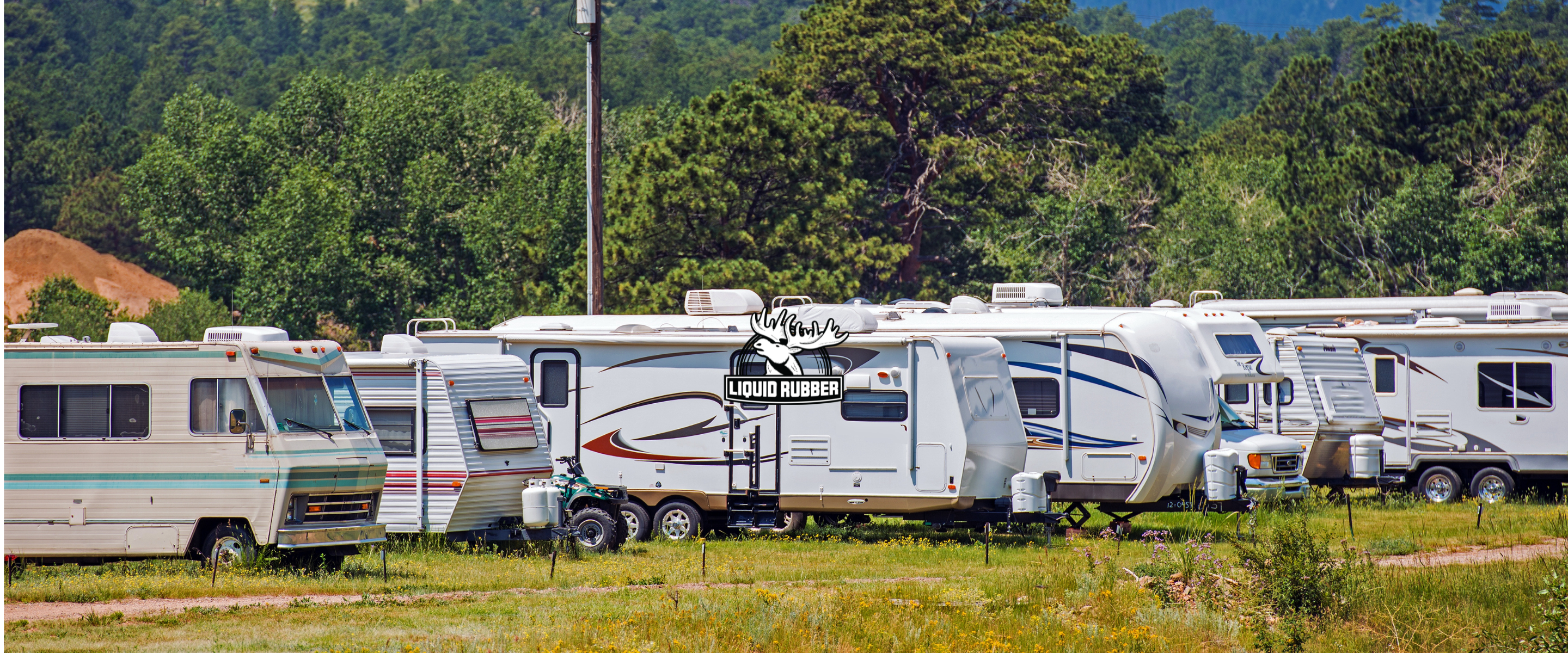Recreational vehicles (RVs) are like a second home on wheels, providing comfort and convenience for your travel adventures. Like any other vehicle you might own, your RV also requires routine maintenance to stay in optimal running condition. And one of the most critical maintenance tasks happens to be: sealing RV roof seams.
Sealing the seams of your RV roof is an essential preventative measure against water damage, which could lead to mold, dry rot, and even structural failure. Thankfully, this task can be easily tackled by any DIY enthusiast, especially when armed with the right products such as the highly acclaimed Liquid Rubber RV Roof Coating.
Understanding the Importance of Sealing RV Roof Seams
Water is the sworn enemy of RVs. Water leaks can result in a series of devastating problems, including delamination (separation of layers), mold growth, dry rot, and eventually, frame failure. The roof of your RV, unfortunately, is the primary candidate for such leaks.
By sealing the seams of your RV roof, you create an invisible shield that keeps water at bay, ensuring the longevity of your RV. The sealant forms a waterproof membrane, acting as an armored guard, protecting your RV roof against water ingress.
Choosing the Right Sealant: Why Liquid Rubber Stands Out
When it comes to sealing RV roof seams, the choice of sealant plays a crucial role. Among the numerous sealants available in the market, Liquid Rubber RV Roof Coating has gained significant popularity, and here's why:
- Ease of use: Liquid Rubber is easy to apply, even for beginners. It can be installed using simple tools like a spray gun, roller, or brush, making it a favorite among DIYers.
- Affordability: Compared to other sealing methods like vinyl decking or oil-based paints, Liquid Rubber offers a cost-effective solution without compromising on quality.
- Reliability: Once applied, Liquid Rubber dries to form a robust, flexible, and waterproof membrane that can withstand the test of time and harsh weather conditions.
- Eco-friendly: Liquid Rubber is VOC-free and non-toxic, making it a safe choice for both the user and the environment.
Preparing Your RV Roof for Sealing
Before you begin the process of sealing your RV roof seams, it's crucial to clean and prepare the surface.
- Surface cleaning: Clean the roof thoroughly to remove any dirt, oil, or dust. Make sure the surface is completely dry before applying the sealant to prevent any barriers that might hinder proper adhesion.
- Inspect for damage: Carefully inspect the roof of your RV for any existing damage. Specifically look for any cracking, peeling, or separation from the surface. If you notice any damaged areas, it's best to remove the old sealant before applying a new one.
-
Priming: After cleaning and inspection, apply a suitable primer to the surface. Primer helps the new RV sealant coat better adhere and cure, so you can add years of lasting protection.
How to Apply Liquid Rubber for Sealing RV Roof Seams
Sealing RV roof seams with Liquid Rubber is a straightforward process. Here's a step-by-step guide:
- Applying the primer: Apply a thin layer of primer (compatible with your RV roof type) on the surface. Make sure the primer is fully dry before you move on to the next step.
- Applying the sealant: Using a standard caulking gun, run a bead of Liquid Rubber sealant over the seams you want to seal. Make sure to cover all old sealants completely, leaving no gaps between the sealant and the surface.
- Drying time: Allow the sealant to dry completely. Under normal conditions (20 degrees Celsius), it should take around 20 hours for the sealant to dry thoroughly.
- Inspect and touch up: After the sealant has dried, inspect the seams for any missed spots or thin areas. You can always apply a second coat of sealant as an added measure, too.
Safety Measures When Using Liquid Rubber
While Liquid Rubber is a safe product to use, it's essential to take some precautionary measures. Although the product isn't toxic, it's recommended to wear old clothing and gloves during application, as it can be challenging to remove from fabrics. If you get some on your skin, it can be quickly removed using water and any type of baby oil or even olive oil and then rinsing it off. Although the fumes aren't harmful, it's recommended to wear a mask if you're working in an unventilated area.
Comparing Liquid Rubber to Other Sealing Methods
Compared to traditional sealing methods like oil-based paints, stains, or varnishes, Liquid Rubber presents a superior, budget-friendly, and smart option for homeowners looking to waterproof their RV roofs. What's more, it creates a seamless, flexible, and elastomeric waterproof membrane, making it an ideal choice for those difficult-to-reach places.
The Lifespan of Liquid Rubber Sealing
Under normal circumstances, you can expect your Liquid Rubber sealing to last for about a decade. However, the actual lifespan will depend on various factors, such as exposure to corrosive substances and UV rays. Regular visual inspections will help you determine when it's time to reapply the sealant.
In Conclusion
Sealing RV roof seams is an essential maintenance task that can save you from costly repairs and extend the lifespan of your RV. With products like Liquid Rubber, you can easily carry out this task yourself, ensuring that your RV remains dry and protected from water damage.





